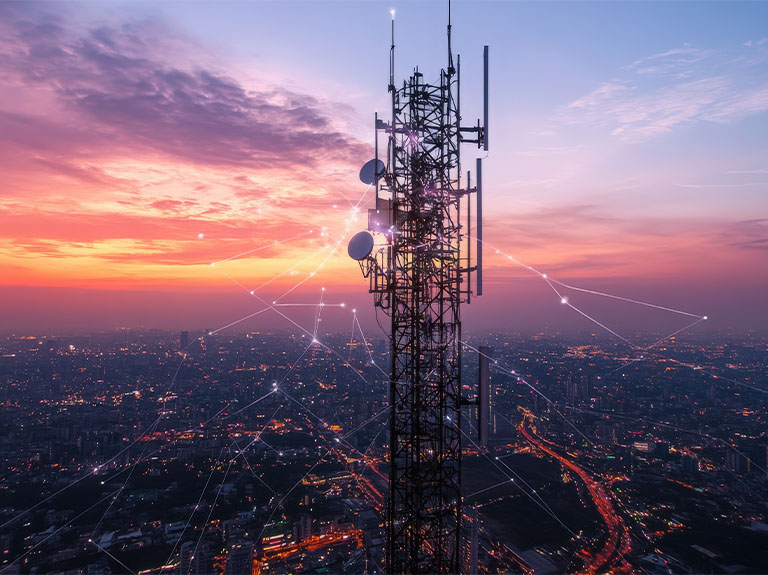The Story:
Your flight leaves in 2 hours, but you haven’t even finished packing yet, much less ordered a car to take you to the airport or downloaded a movie to watch on the plane.
Then your phone dings.
“I’ve hailed you a car, and it will be here in 3 minutes,” your AI assistant says out loud, having scanned your itinerary the moment you put it on your calendar. “Your boarding pass is in your digital wallet, and I’ve notified your bank that you’ll be traveling so your card doesn’t get flagged for suspicious purchases if you need to pick up a toothbrush when you land. There’s a convenience store right around the corner from your hotel.”
Three minutes later, you’re in the back of a self-driving SUV, which reminds you to put on your seat belt and then smoothly pulls away from the curb. Dozens of sensors and cameras scan your surroundings, funneling data to the car’s onboard computer while also pulling live traffic updates and mapping data from the nearby network.
You’re not paying attention to that, though. You’re using your augmented reality goggles to scan through tomorrow’s presentation one more time. The 8K video, the virtual walkthrough of the construction blueprints, yup, it all looks great.
Uh oh, road work ahead. Workers in reflective yellow vests are plopping orange cones on the asphalt, rerouting traffic over the shoulder. The AI system is uncertain how to proceed, so it seamlessly hands over the wheel to a remote human driver in a nearby office park. Your driver logs in securely over the 5G connection and steers through the snarl, streaming high-res video over the cameras mounted on your vehicle to her virtual windshield and dashboard, and then gives control back to the onboard AI once the car is through the jam. You never even noticed.
You hop out of your car at the airport, hustling through with two minutes to spare before they close the door to your plane. Two minutes is more than enough time to download 4 or 5 movies to your glasses over 5G.
Plop in your seat. Fasten your seatbelt. Up, up and away.
Fact or fiction:
It’s easy to get lost in the technical details of 5G, edge computing and artificial intelligence. AI, in particular, can be confusing and even a little intimidating. But as we’ve laid out in our AI principles, these systems should be designed by people, for people. We believe the network should work for you.
That conviction is central to the narrative above. And we believe that scenario is a lot closer to becoming reality than you might think. AI can weave together 5G and edge computing to eventually create experiences like the one I’ve described, which will help make your life easier, highly secure, more efficient, and more enjoyable.
We’re already exploring some of these applications in our AT&T Foundry and AT&T Labs. And we’re collaborating with other innovators to expand the borders of innovation farther than ever before.
What’s in it for me?
AI has made incredible leaps over the last several years, and AT&T and others in the industry think that ethical AI is the perfect complement to 5G and edge computing. The network will get faster, smarter, more secure, and more responsive.
At the same time, people will always be central to our mission. Artificial intelligence is built by and for people. By adding 5G and the edge, we can help to make AI work even better for you.


